Blue American Agave
$49.50 Original price was: $49.50.$34.65Current price is: $34.65.
- Free Shipping over $25
- Fast & reliable delivery options
- Enjoy top quality items for less
- Multiple safe payment methods

Finding plants to grow in the driest places has become a necessity in many areas, and for the most drought resistant plants we can turn to the driest areas of America, where plants thrive in deserts and in dry, sandy beach areas. There, from Florida through Texas and into California, you will find the Blue American Agave growing wild in such places.
This plant is not only tough, but strikingly beautiful, making a bold clump of very large, thick leaves clustered on the ground. The mature leaves are 3 to 6 feet long, tapering to a long tip, and up to 2 feet wide at the base. They are thick, hard and fleshy with a series of spines along the edges and a large, brown spine on the tip. They are a very attractive rich blue-green color, with a gray film over the surface. The leaves are arranged in a tight spiral around the center of the plant, where new leaves slowly emerge. The leaves arch over as they develop, so the clump is usually 3 to 5 feet tall overall.
Growing Blue American Agave
The Blue American Agave makes a very handsome specimen in a hot, dry pace, where it can survive and grow in dry soil for months and even years. Water is stored inside the fleshy leaves, to keep the plant alive during extended periods of drought. Over time, young plants will emerge around the original plant, eventually growing into a dense clump of several plants. Eventually, after 20 or 30 years – not the 100 that its name suggests – a very tall flower spike will emerge from the center of the clump. This can be 2 feet thick at the base, and will grow up as much as 30 feet, although 15 to 25 feet is more usual.
All up the upper half of its robust stem, flowers shoots will emerge, and each one can be 3 feet long, carrying many yellow, cup-shaped flowers 6 to 8 inches long. After the flowers fade, large seed capsule are formed, each 2 or 3 inches long. Eventually, as the seeds ripen, the stem and the plant it came from will die, but by that time the other plants in the clump are ready to take over, and the dead plant can be removed at ground level.
Hardiness
This is a striking and architectural plant that is perfect for dry gardens, in the hottest, sunniest places. It is hardy to 10 degrees, so it will grow outdoors from zone 8 upwards. In those colder zones it will do best in very dry spots, with good soil drainage, where winter wetness is not a problem. It can even be planted underneath overhanging parts of houses, where rain never falls, because it will find enough water from further away.
Uses in Your Garden
It is an appropriate plant for any Spanish-style architecture, as well as in modern, or mid-century styled gardens. It is salt-resistant and grows well in coastal areas and at a beach house. The modern xeric style of water-efficient gardening has embraced this wonderful plant too. Alternatively, it can be grown indoors, in a very large pot, but it will grow very large, so make sure you have enough room for it indoors.
Planting Location
When choosing a place to grow it, apart from sun and good drainage, it must have enough room. Measure carefully and allow at least 4 feet in all directions around the plant. Because of the spines, it should not be placed where it can be a hazard, such as too close to walkways. Since it cannot be trimmed without damaging its appearance, it must have enough room to develop its full width.
Care and Maintenance
The Blue American Agave (Agave americana) is also known as the American Aloe and the sentry plant. However, it is not a true aloe, but in fact a distant relative of Asparagus. As long as this plant is in well-drained soil, even pure sand, and full sun, it will grow well and require almost zero maintenance, except for the very occasional removal of a dead leaf for neatness. It has no pests or diseases, and is not eaten by deer or rabbits. For the perfect low-care, drought-resistant plant, it cannot be beaten.
Be the first to review “Blue American Agave” Cancel reply
Related products
Hibiscus
Butterfly Bush
Other Shrubs & Hedges
Drift® Roses
Rhododendron
Knock Out® Roses
Lilacs
Hydrangeas


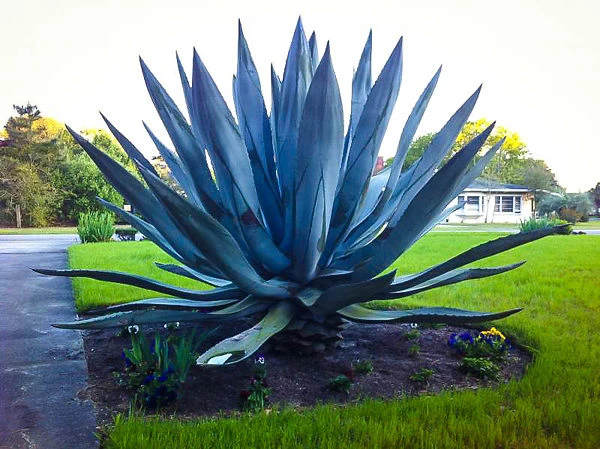


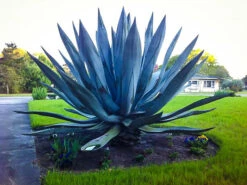
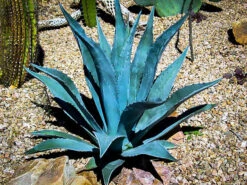
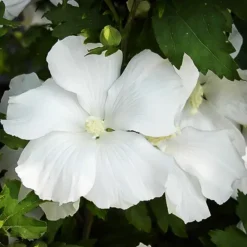
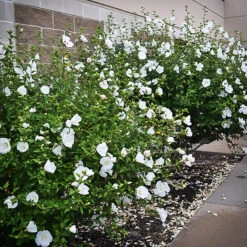

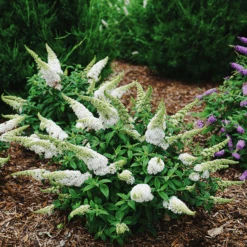
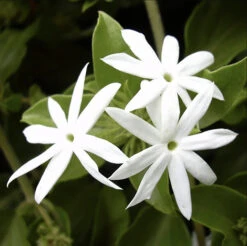
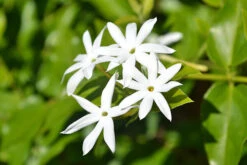
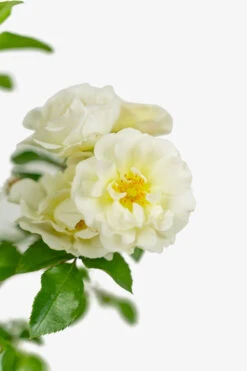
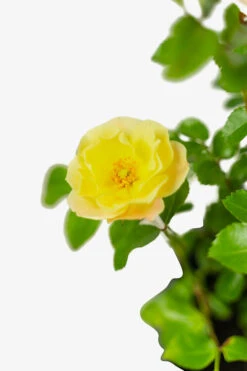

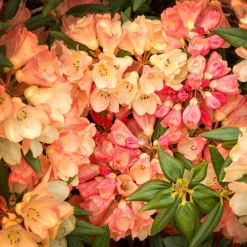
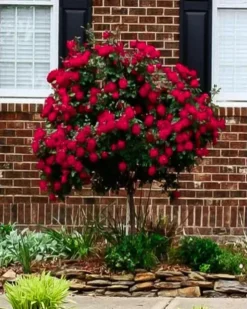

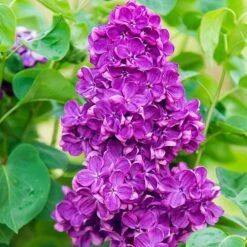
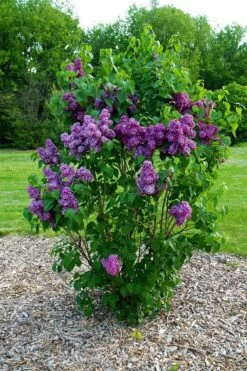
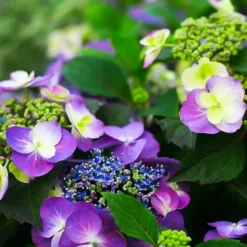
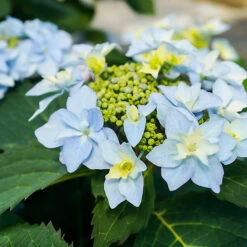
Reviews
There are no reviews yet.